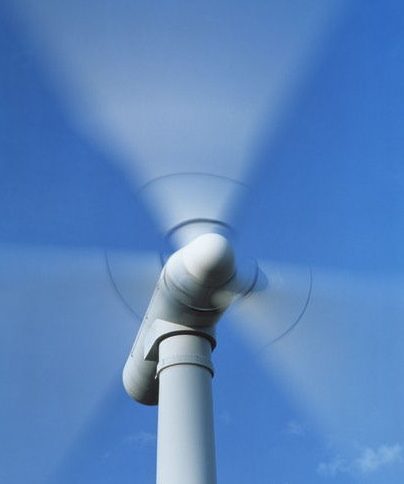Australia’s National Health and Medical Research Council has sought to justify the allocation of $3.3 million in funding to two new studies into the effects of wind farms on human health, even after more than 20 reviews – including its own research into the subject – have found no “consistent evidence” of a connection.
The NHMRC has awarded UNSW professor Guy Marks $1.94 million, to study the health impacts of infrasound generated by wind turbines, and another $1.36 million to Flinders University’s Peter Catcheside to investigate whether wind farms disturb sleep, compared with traffic noise.

In a statement on Tuesday, NHMRC CEO Anne Kelso said the targeted funding was warranted, due to the poor quality of existing research on the subject.
“These grants directly support the Australian government’s commitment to determine any actual or potential effects of wind farms,” Kelso said.
And committed it has been; the anti-wind efforts of the Abbott government have ranged from its support of endless senate inquiries into the impact of wind energy to the PM’s own admission that his government’s whole strategy since the election had been to reduce, or stop, the building of new “visually awful” wind turbines.
But the call for further “targeted” research has been criticised, with NSW and Victorian health officials last year calling for the NHMRC “to make it clear that the total available evidence (parallel and direct) suggest[s] little health risk,” according to emails seen by Fairfax Media.
Simon Chapman, an emeritus professor of public health at the University of Sydney, told Fairfax that at least 25 reviews internationally had found “very little evidence of direct effects” from wind farms.
Effects that did exist could be put down to psycho-social factors, such as pre-existing antipathy to wind farms, resentment by locals who had received no benefit from turbines in their region, and anxiety of perceived health impacts, Professor Chapman said.
“It’s really quite disgraceful – it’s money literally poured down the drain,” he said.
“There is no health or medical agency in the world that would give any rational priority to wind farms and health.
“Potentially hundreds of researchers who had just missed on funding research would be angry as the money is being spent on wind farm research.”







